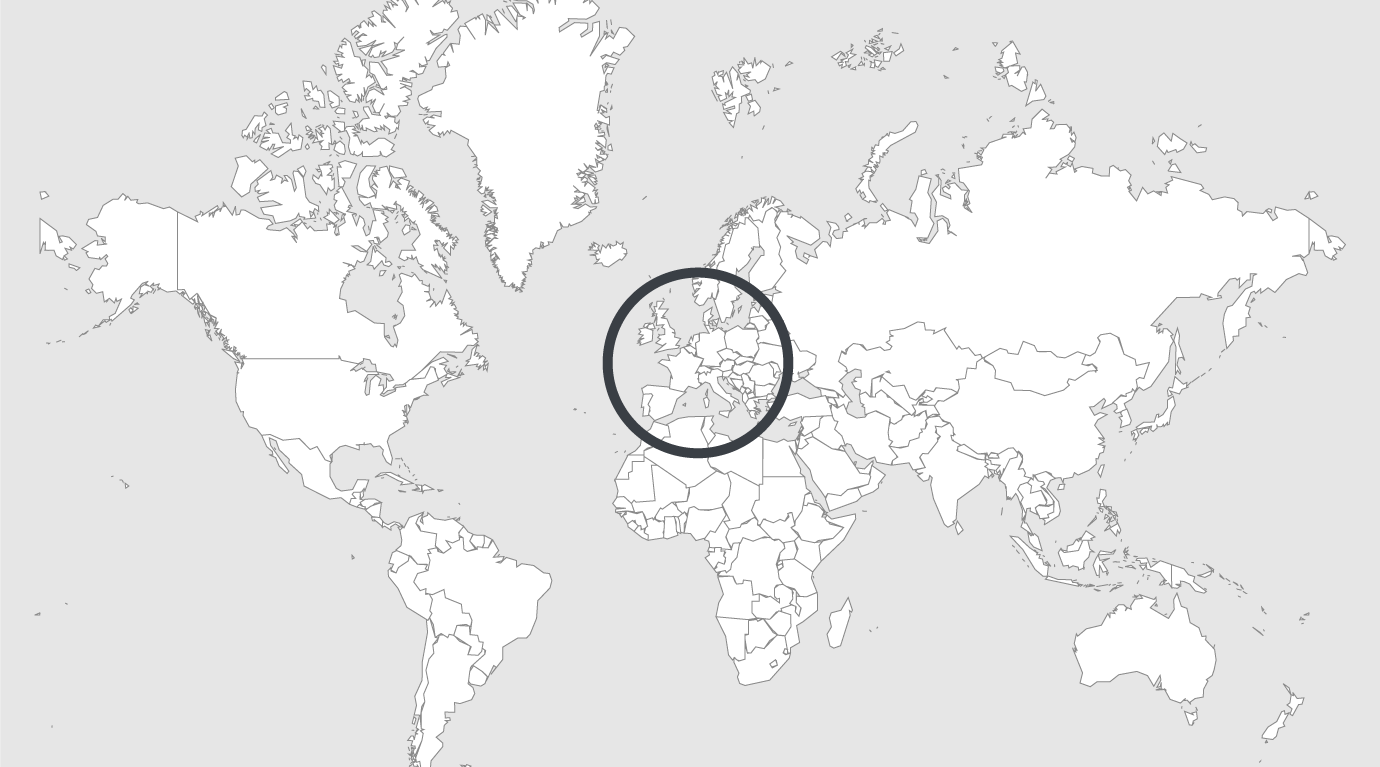
Explore
Netherlands: the unique way the Dutch treat mentally ill prisoners
When I arrive at Zwolle prison in the Netherlands, it’s initially hard to imagine that the quiet building, situated next to a fast-food establishment and a garden centre, houses 400 or so inmates – including those with some of the most severe psychiatric disorders among the prison population. Though the car park is full, there is nobody around outside the building. It’s not even immediately clear which door will open for me, but when enter I see that cameras were already recording my every move.
Although I first enter into the staff area – separate from the prisoners by several locked doors, I am still subject to strict security checks. My passport, work ID and camera are checked, and my belongings scanned before I may enter. It’s clear from the moment I pass through the heavy metal doors, that I am entering a prison.
About 124 men and 36 women live here, separate from the general prison population. A third of the women are in the “crisis ward”: the place where their condition is stabilised before they enter the general psychiatric ward.
Globally, this is rare. In countries like the UK and US, prisoners with mental health conditions often end up in the general prison population. But in the Netherlands prisoners are streamlined into specific segments following a charge. The idea is that this way, they can receive the proper, and particular, care they need.
I’m visiting Zwolle prison to understand what effect this segmentation has – and to what extent it helps those who are mentally unwell. My main focus is on how it affects women, following my in-depth piece last week looking at women with mental health issues in prisons. (Read more: Locked up and vulnerable: When prison makes things worse.)
Five levels of justice
One of the unique things about the Dutch criminal justice system is that a person can be judged to be responsible for their crime on five levels.
“Dutch law differs from English law in that it recognises a sliding scale from full responsibility through to total lack of responsibility, with three levels in between,” explains one report in the journal Criminal Behaviour and Mental Health. While the diminished responsibility clause in the UK is similar, there is no such sliding scale.
Consider a situation where an individual takes drugs that contribute to a psychotic episode. If they then go on to commit a violent crime, they can be held responsible on some level, as they made the decision to take the drugs. But if the psychotic episode wasn’t drug-induced, they might be seen as less responsible for their crime.
This means that mental illness among criminals is tackled quite differently compared with many other countries. If found to have a mental health issue, a convict can be sent to one of several different places. “They filter them at the beginning before they are even inside,” says Maud Verbruggen, a psychologist at Zwolle Prison. When a person first enters prison, they are again quickly seen by a psychologist or psychiatrist. At Zwolle, I meet staff who work with these prisoners, psychologist Verbruggen and psychiatrist Menno van Koningsveld.
“They tend to get beaten, abused, or get medication taken from them“
Those who have the most severe cases or those who refuse treatment can be sent to what’s called a PPC – short for penitentiary psychiatric centre. PPCs are separate from the general prison population, as is the case here in Zwolle.
In less severe cases, they can go to a place called the EZG (extra care facility), which is set up to “offer a quiet and stimulating environment”, according to the Dutch Ministry of Justice. There are also several places in general mental health hospitals for those who agree to voluntary treatment.
There are many benefits to this early streamlining, the team tells me. If you place people, especially those who self-harm, on a regular floor, “it would be a disaster,” Verbruggen says. They need more structure and need to be better protected – and they are also less predictable, she explains.
Read full article.
